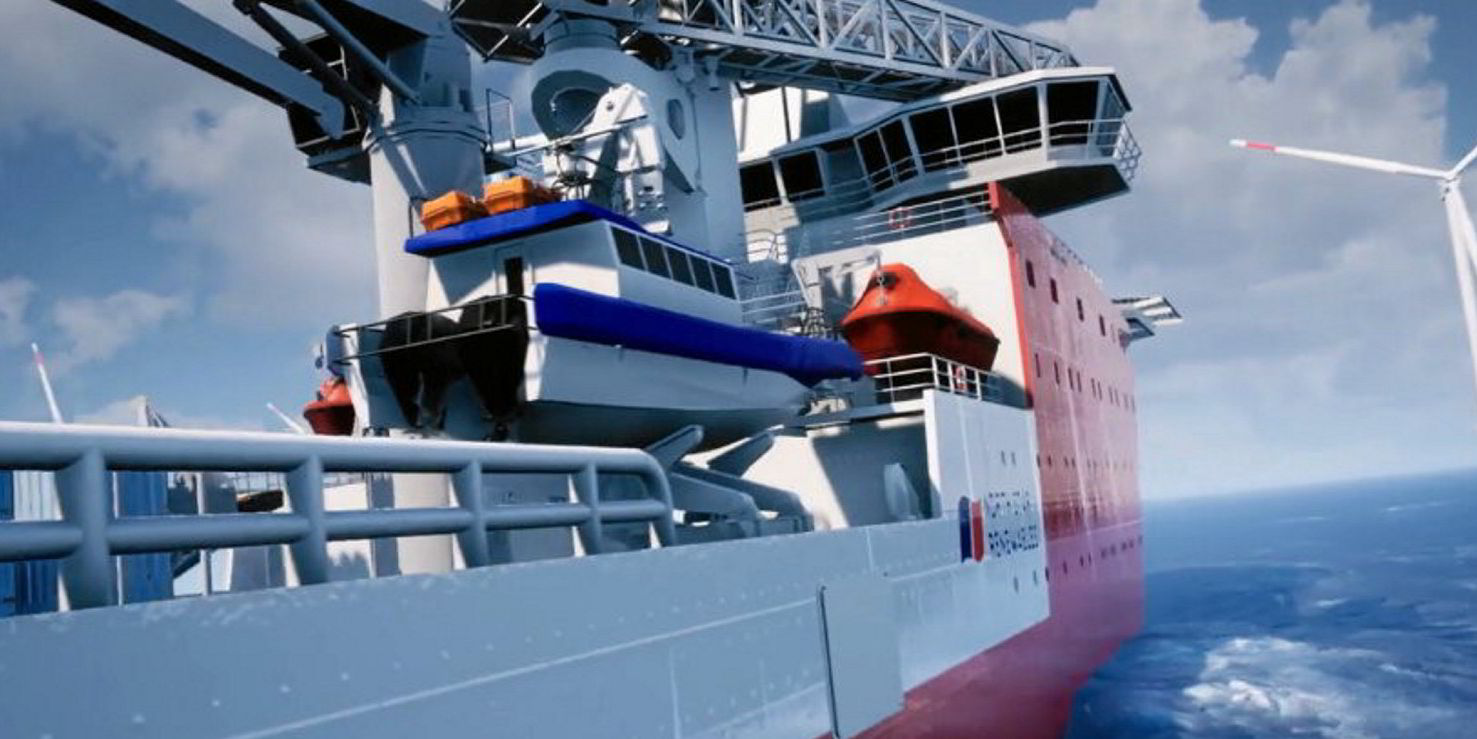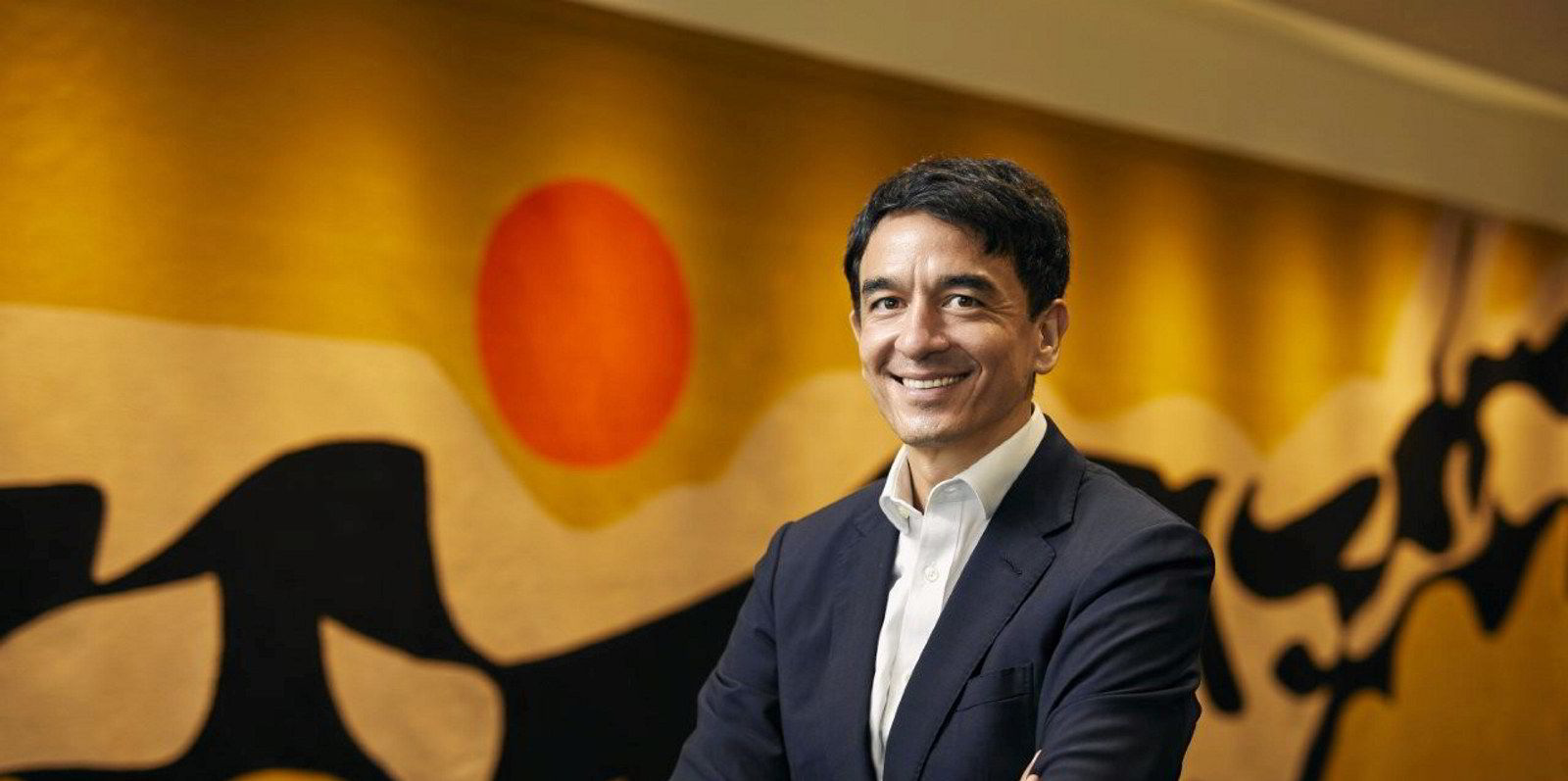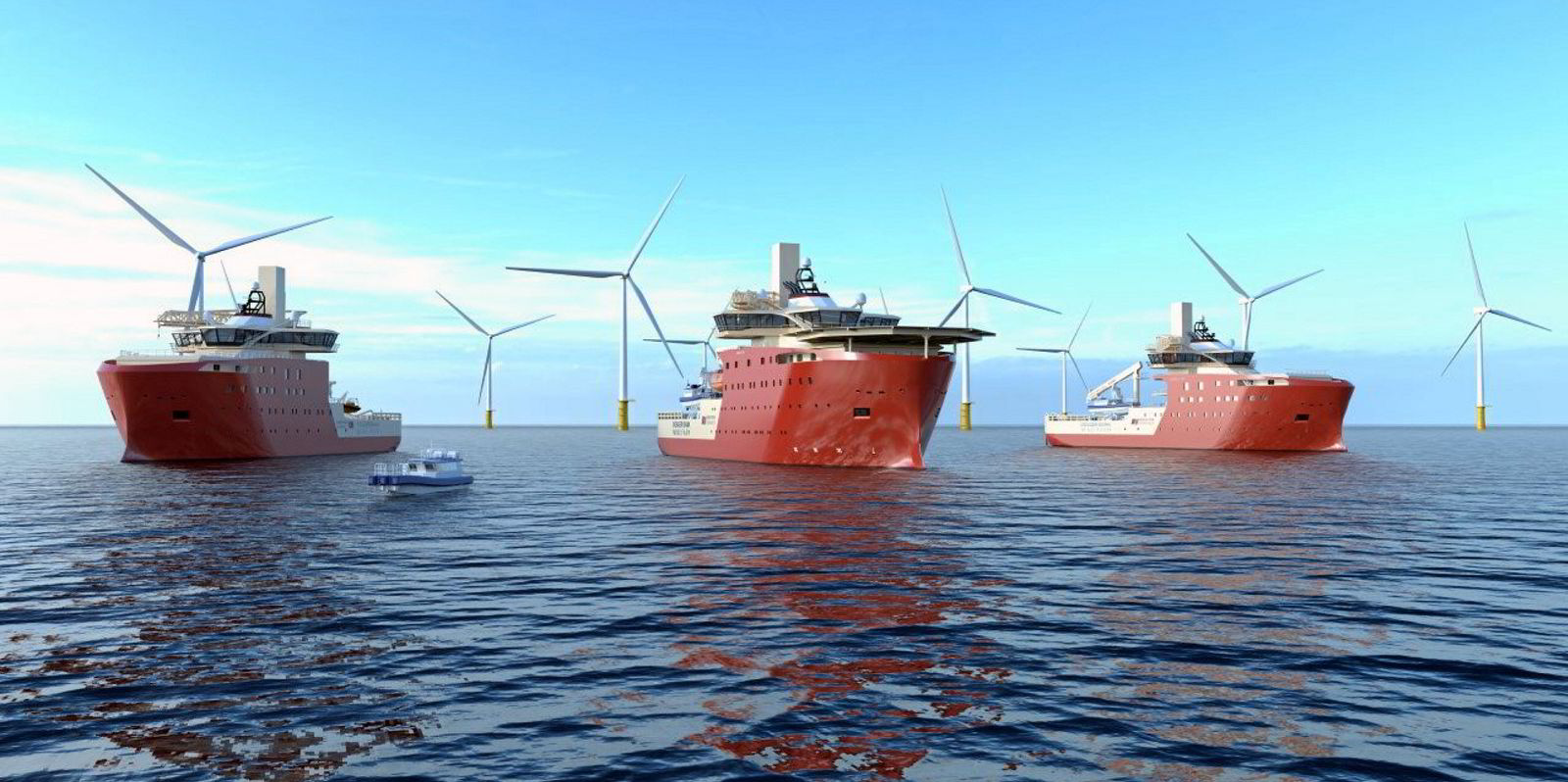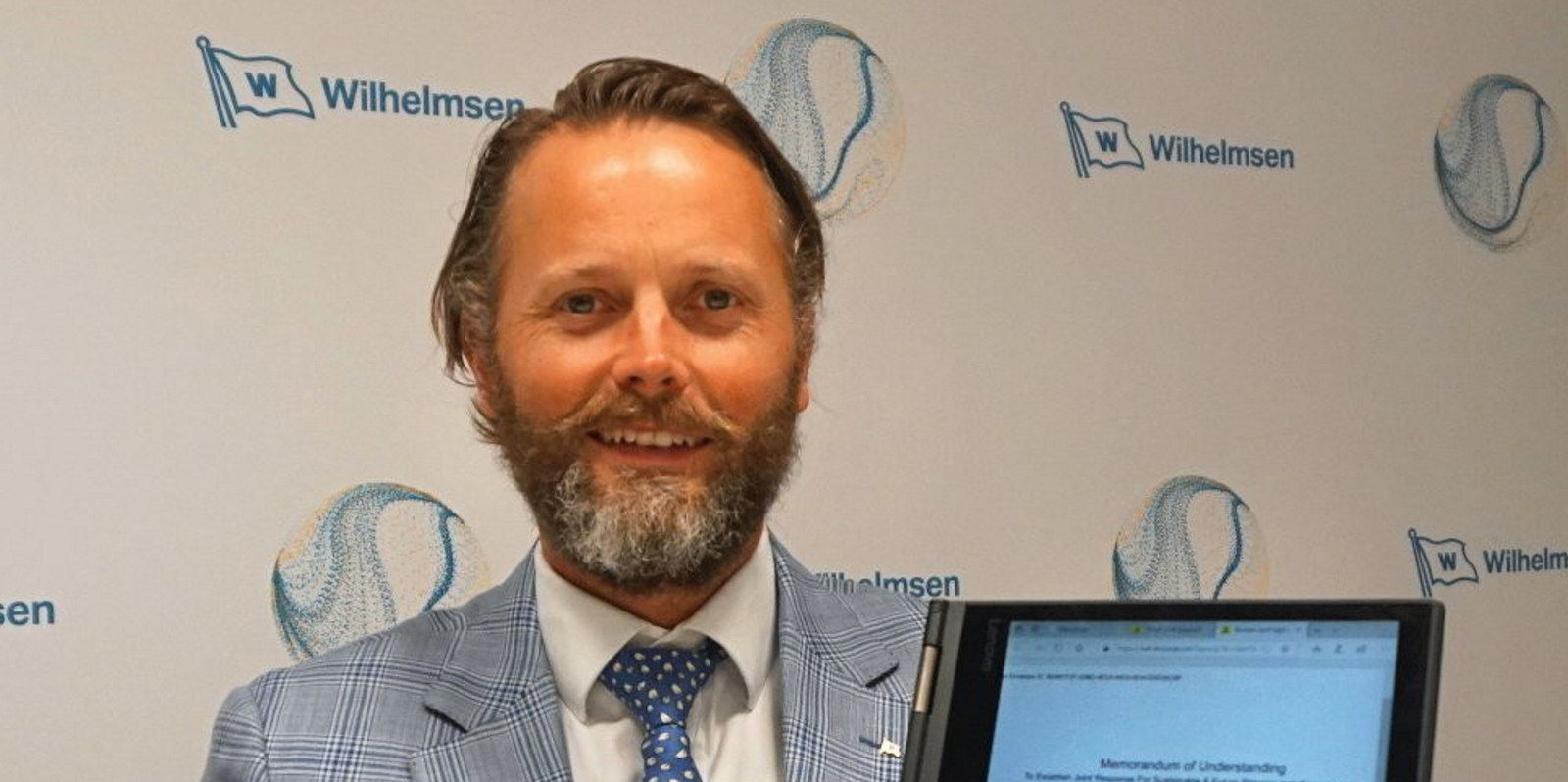North Star Renewables has no intention of resting on its laurels after winning a key deal to provide three new wind farm service operation vessels (SOVs) for Dogger Bank off the UK.
The company told TradeWinds the $376m contract for the Equinor, SSE Renewables and Eni joint venture is a stepping stone to move further into the sector.
Chief executive Matthew Gordon said North Star is happy with the terms of the 10-year charter, plus three years of options, to the Norwegian energy major, without revealing a rate.
"That will allow us to raise an attractive debt package. We're comfortable," he said. "We will be the leading SOV provider from a UK perspective and I think that's an amazing achievement."
Gordon added: "We want to build on this contract. We've got a good solid base now. We've got a big seal of approval and I think we can use this as a beachhead to go further."
Rock-solid support
Gordon explained that North Star is in a strong financial position to fund and execute the project through its only shareholder, London and New York-based infrastructure fund Basalt Infrastructure Partners.
This backing will also allow the owner to "really try and develop our market position further beyond this tender," the CEO added.
North Star is part of Basalt's Fund 2. The investment company has now raised £2.7bn for Fund 3.
"We benefit enormously from access to capital that our competitors don't have," strategic development director Fraser Dobbie said.
Financing for the newbuildings will come partly from North Star's own balance sheet, partly from an equity injection from Basalt, and a significant portion through debt.
The company is in a debt-raising process with commercial lenders and the private placement market.
North Star has brought in DC Advisory to manage the process. Deals will hopefully be finalised in May, the company said.
Partnerships of acquisitions?
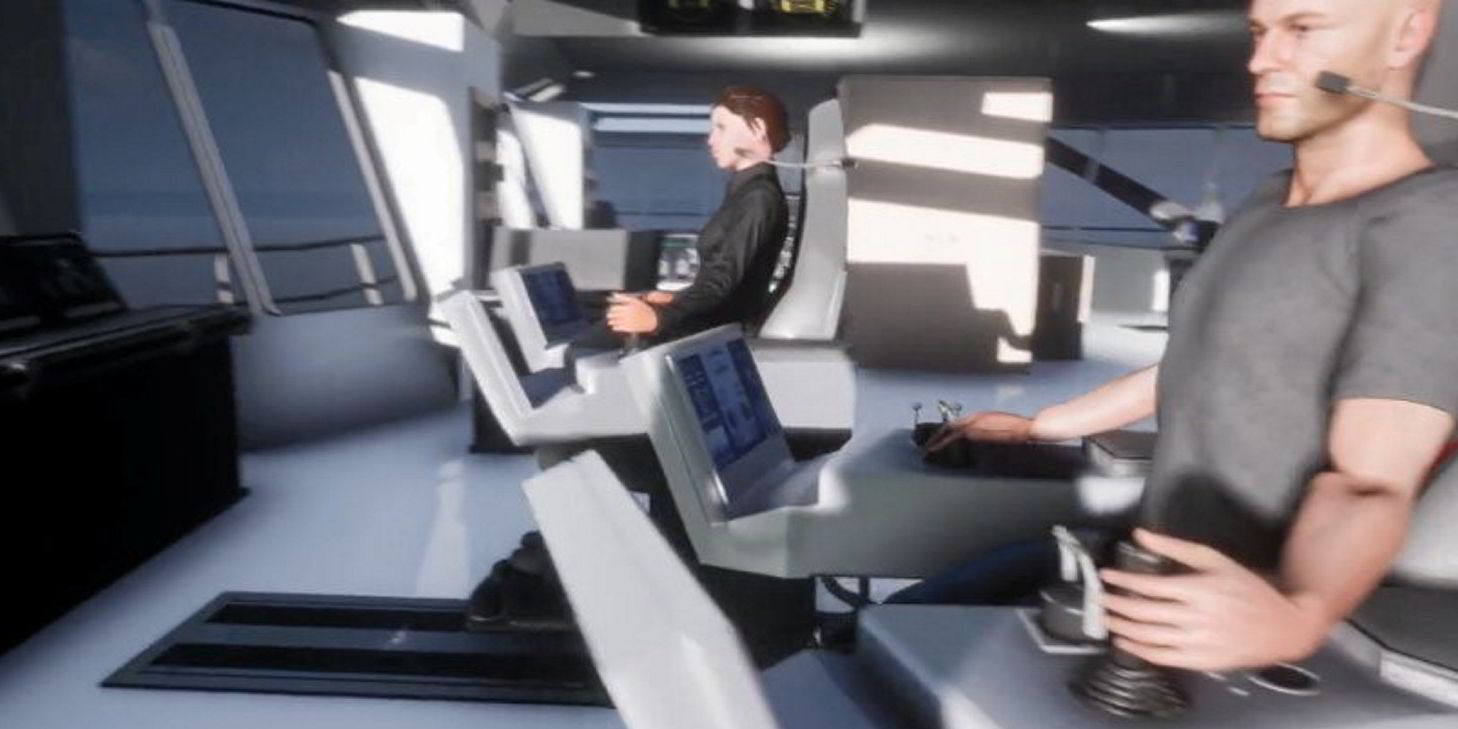
In the near-term, North Star is keen to identify future technologies that can provide a value-added service or help with shipping's sustainability challenge.
"Innovation is one of our core values. We want to look at technology partners that we can bolt on," Gordon said. "The Equinor award has really helped with the diversification of the business."
However, North Star will not neglect its existing emergency response and rescue vessel (ERRV) operation.
The company controls 44 such ships, many of which were delivered as recently as 2014, 2015 and 2016 from Astilleros Balenciaga in Spain.
"We will continue to provide a high level of service in our ERRV space," Gordon said. "We have a market leading position and we want to maintain that."
Knowledge of the sea
Dobbie said the company's operational experience in the North Sea put them in good stead for its offshore wind move — and the design process.
"There's a secondary swell sea-state that exists out there, over and above the primary wave direction, which is something we were conscious of," he added.
The new SOVs will use Voith electric propeller units, which can respond instantaneously to movement, reducing fuel burn, while also being much quieter.
"Absolutely everything to do with the vessel has been designed to make them as green as possible," Dobbie added.
"You're using the best available technologies today but also thinking about future proofing for what might come in the next few years."
The ships, which will be delivered from Vard's Vung Tau shipyard in Vietnam in 2023, can run on one engine in dynamic positioning mode, rather than two, which gives a predictable engine load instead of having to dial the power up and down.
Closer to zero
The new hybrid ships will feature LED lights throughout the accommodation section, and antifouling measures so they move through the water efficiently.
There is also a shore-side power solution so the units will not burn fuel in port.
As for the journey towards zero emissions, North Star believes the key is increased battery capacity on the SOVs.
"The primary function of the vessel is to sit in-field, and be situated right next to a source of 100% green power," Dobbie said.
"If you could find a solution to charge the vessel in-field — with the increased battery capacity — that would be all we would need to do to run a zero-emissions vessel."
